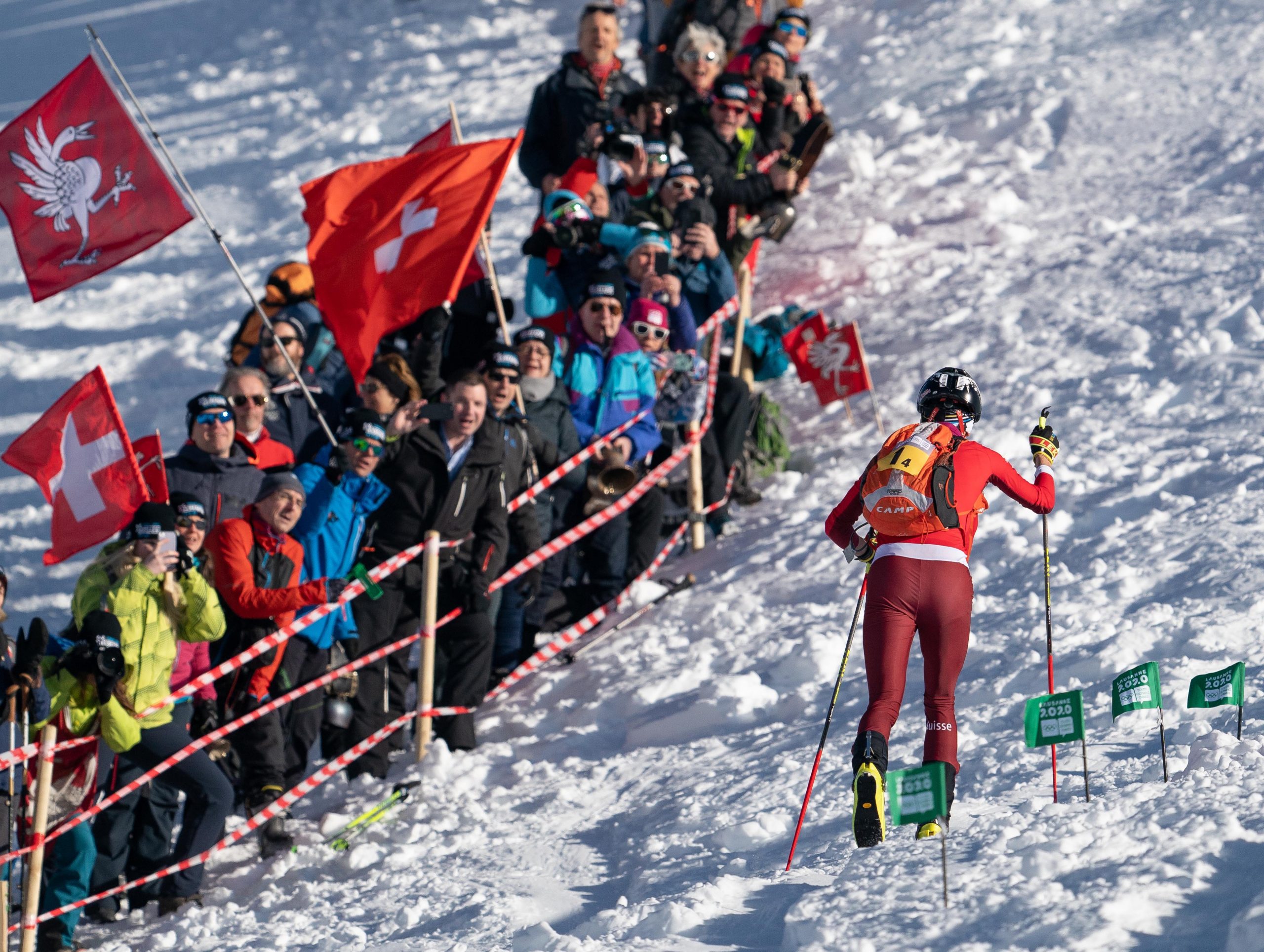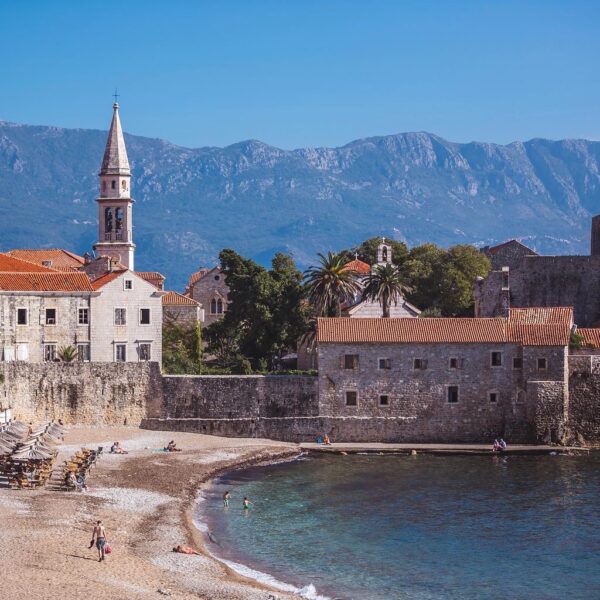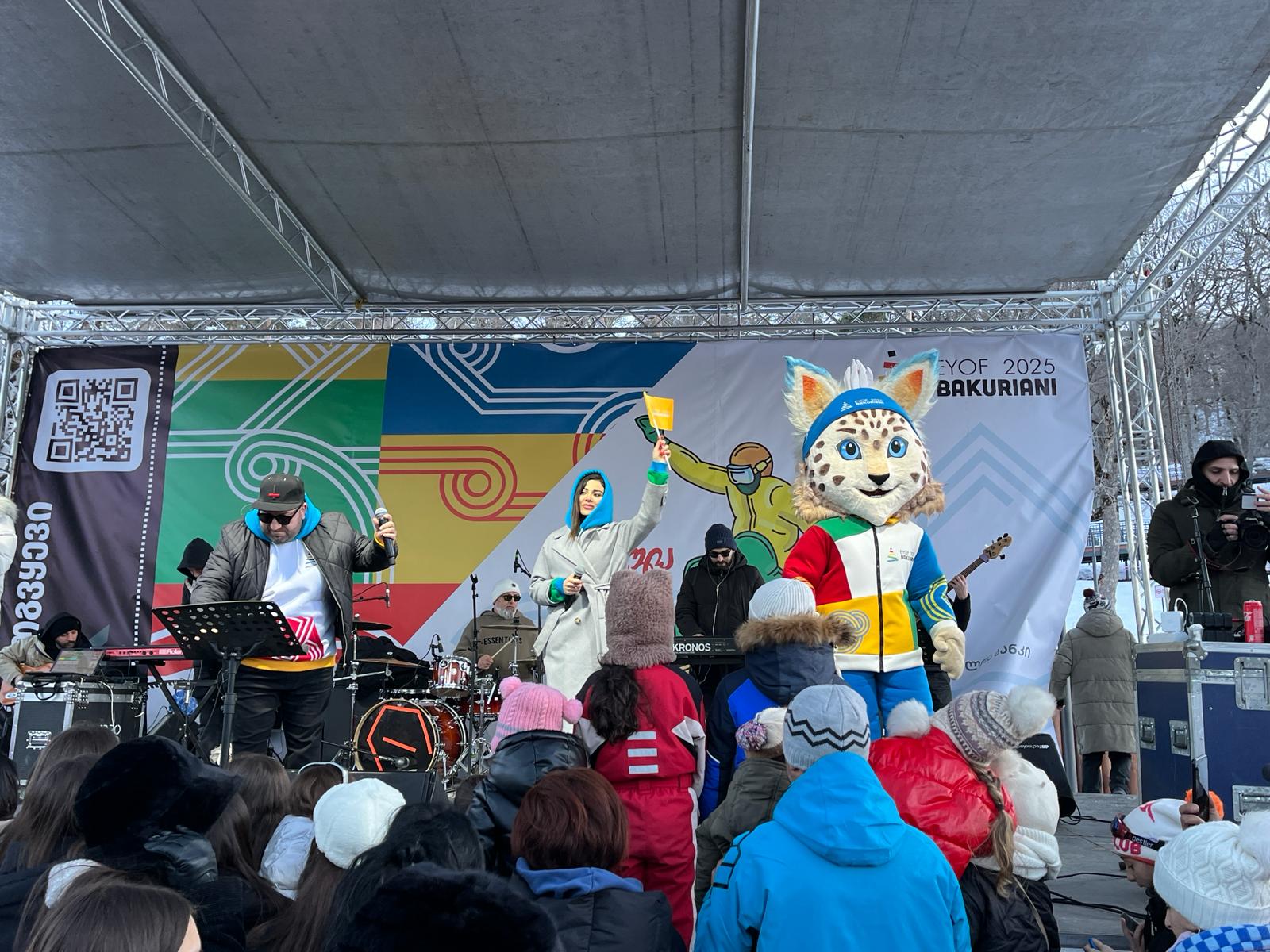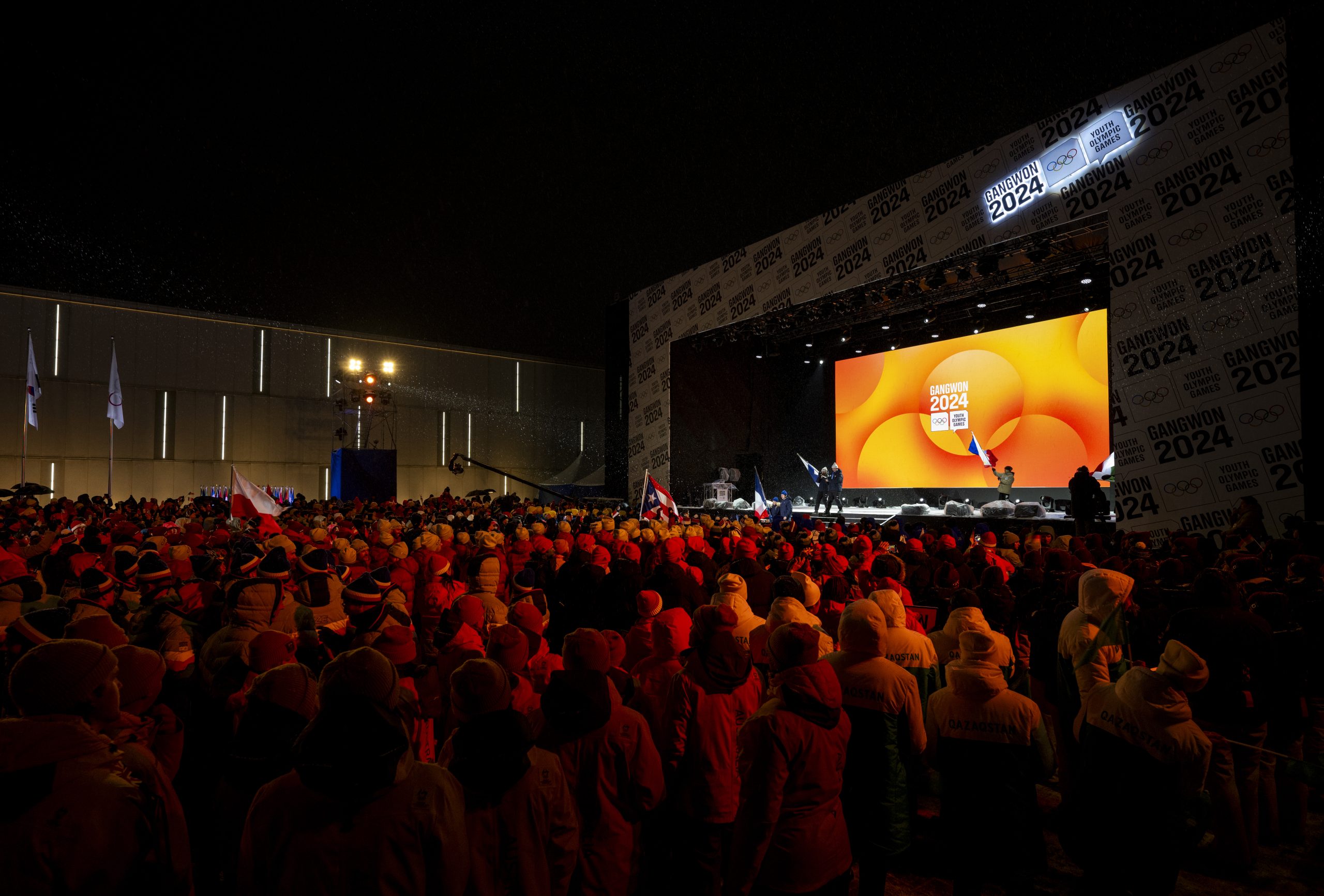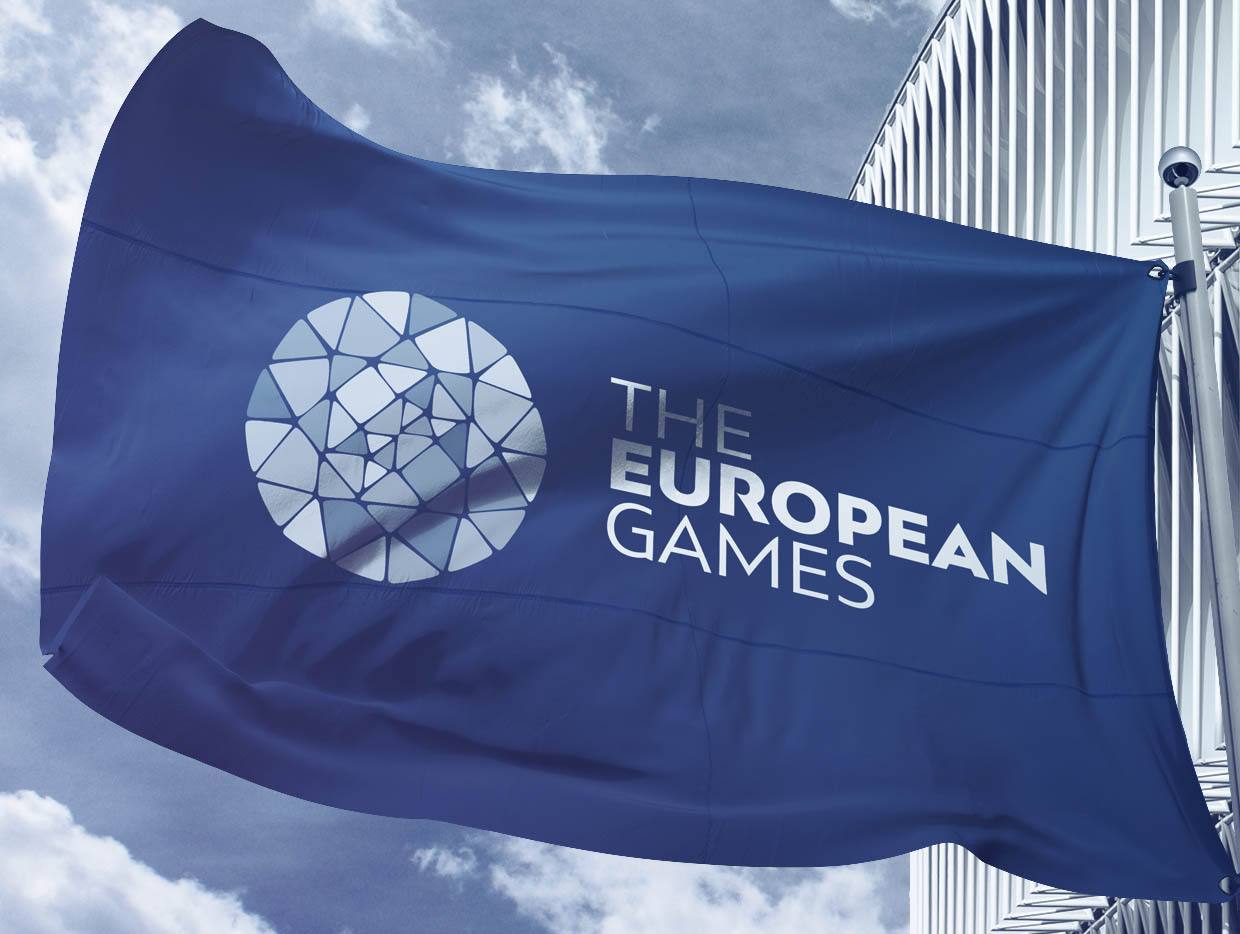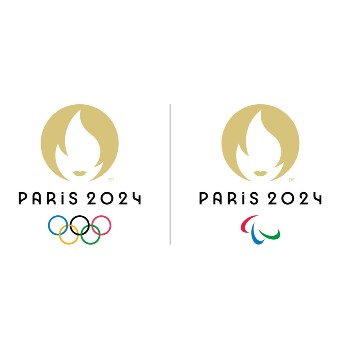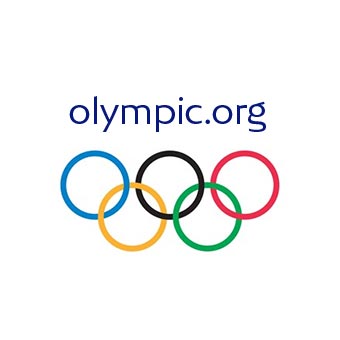One of the greatest displays from the first half of the Lausanne 2020 Youth Olympic Games was the dominance of Swiss athletes in Ski Mountaineering, or skimo as it is commonly known.
Twins Thomas and Robin Bussard finished 1-2 in the Men’s Individual competition, and Caroline Ulrich and Thibe Deseyn did the same in the Women’s event. All four then teamed up to win the Mixed NOC relay, much to the delight of the appreciative home supporters.
“It is pretty crazy and wild here,” Robin said of the raucous crowd after claiming the team gold. “I cannot believe I am signing autographs like a famous person. This event has been very well supported and it shows how much people enjoy watching skimo and how much people in Switzerland love the Olympic Games.”
Skimo made its Olympic debut at the YOG, and its success here bodes well for the sport’s possible inclusion on the sports programme for the Milan and Cortina 2026 Olympic Winter Games.
It will also be the most interesting novelty of the Winter EYOF Friuli Venezia Giulia 2023.
There were five races in total at Lausanne 2020, with every single medal being won by a European athlete. Spain’s Maria Costa Diaz won the Women’s Sprint, while Italian Rocco Baldini topped the Men’s category.
But it was the Swiss athletes who won the hearts of the home supporters that showed up each day in the ski resort of Villars, many rattling cowbells in support of the young athletes.
For 16-year-old Deseyn, who was born in the neighbouring village of Leysin, taking part in the Youth Olympic Games on home soil was like a dream come true.
“They’re something amazing and I’m part of it all,” she said. “And above all they’re taking place in my backyard … There are banners and flags everywhere, and when I get home, I see my village decorated with the YOG colours. I like that a lot!”
What is skimo?
Ski Mountaineering is a winter sport in which athletes race over snow-covered terrain using both skiing and mountaineering techniques. The courses require competitors to ski uphill and downhill, often gaining up to 1,900m in elevation, as they pass through a series of checkpoints, and the first racer to cross the finish line wins. Some sections of the course also require athletes to travel on foot, carrying their skis on their rucksacks, and they may even need to use crampons or other specialist equipment for steeper, icier ascents.
Image copyright of Olympic Information Services (OIS).


